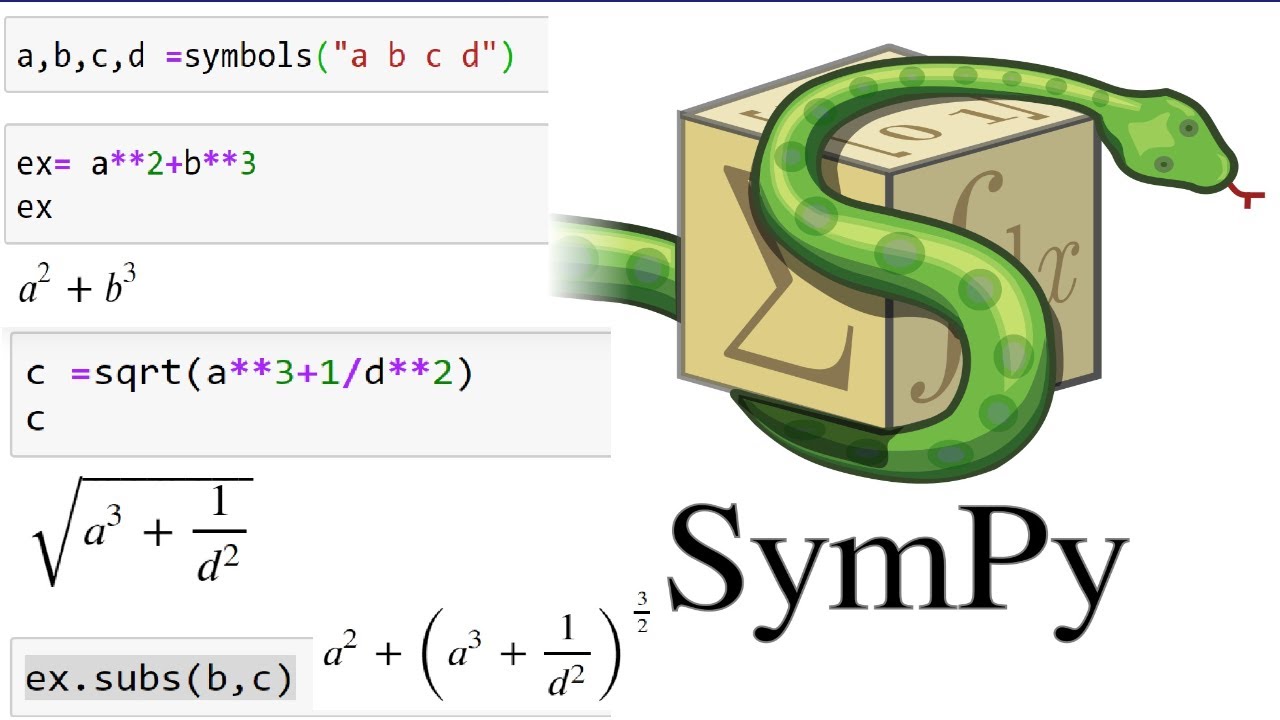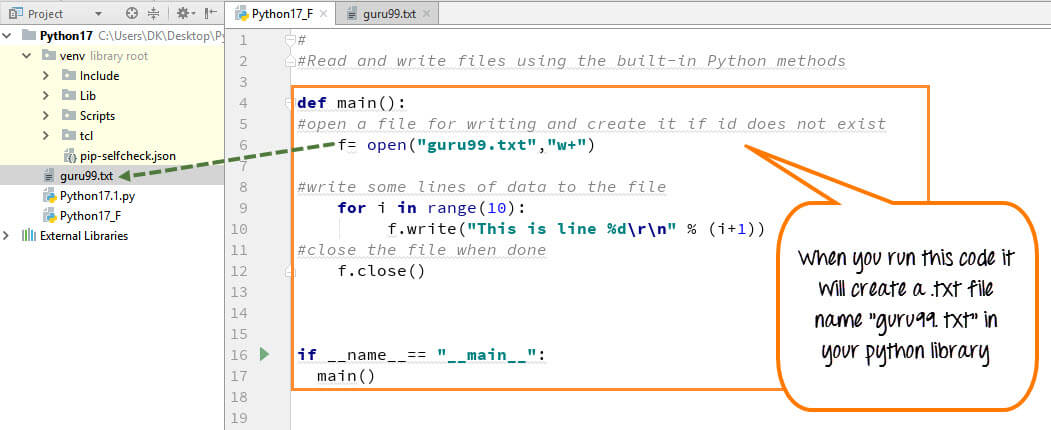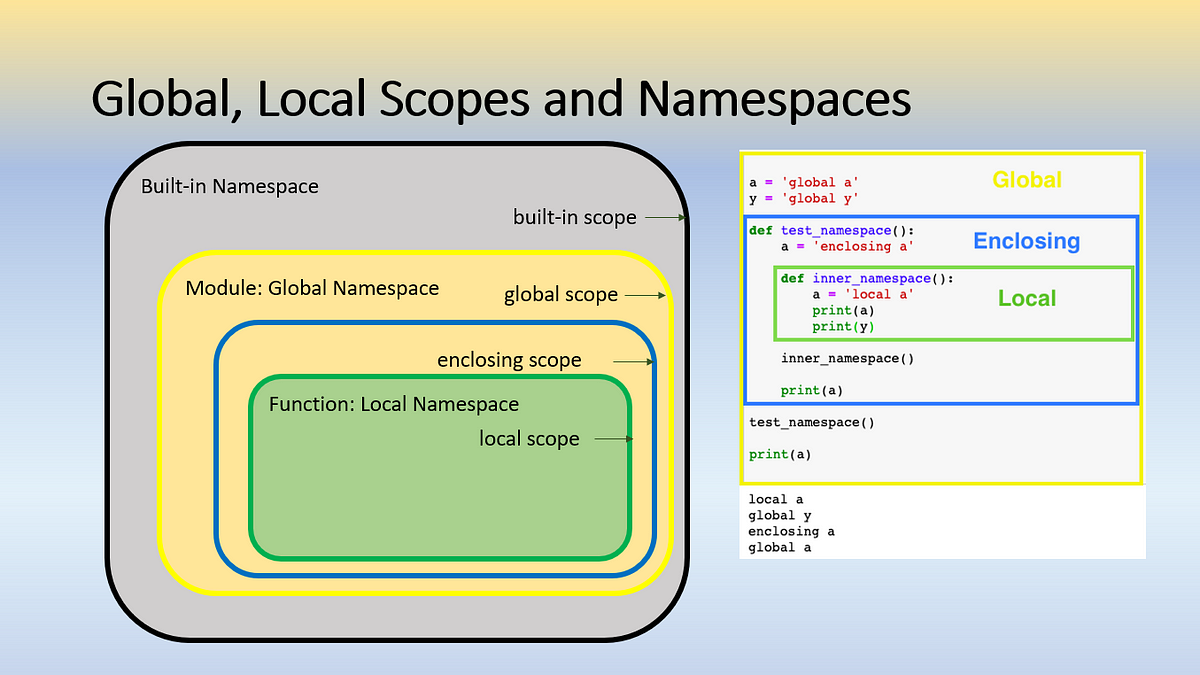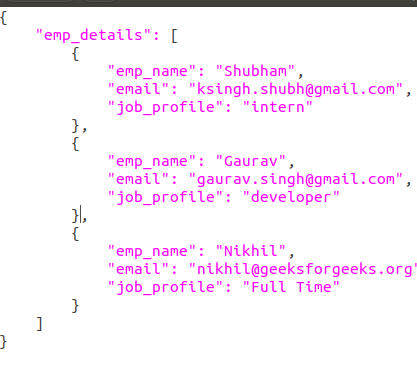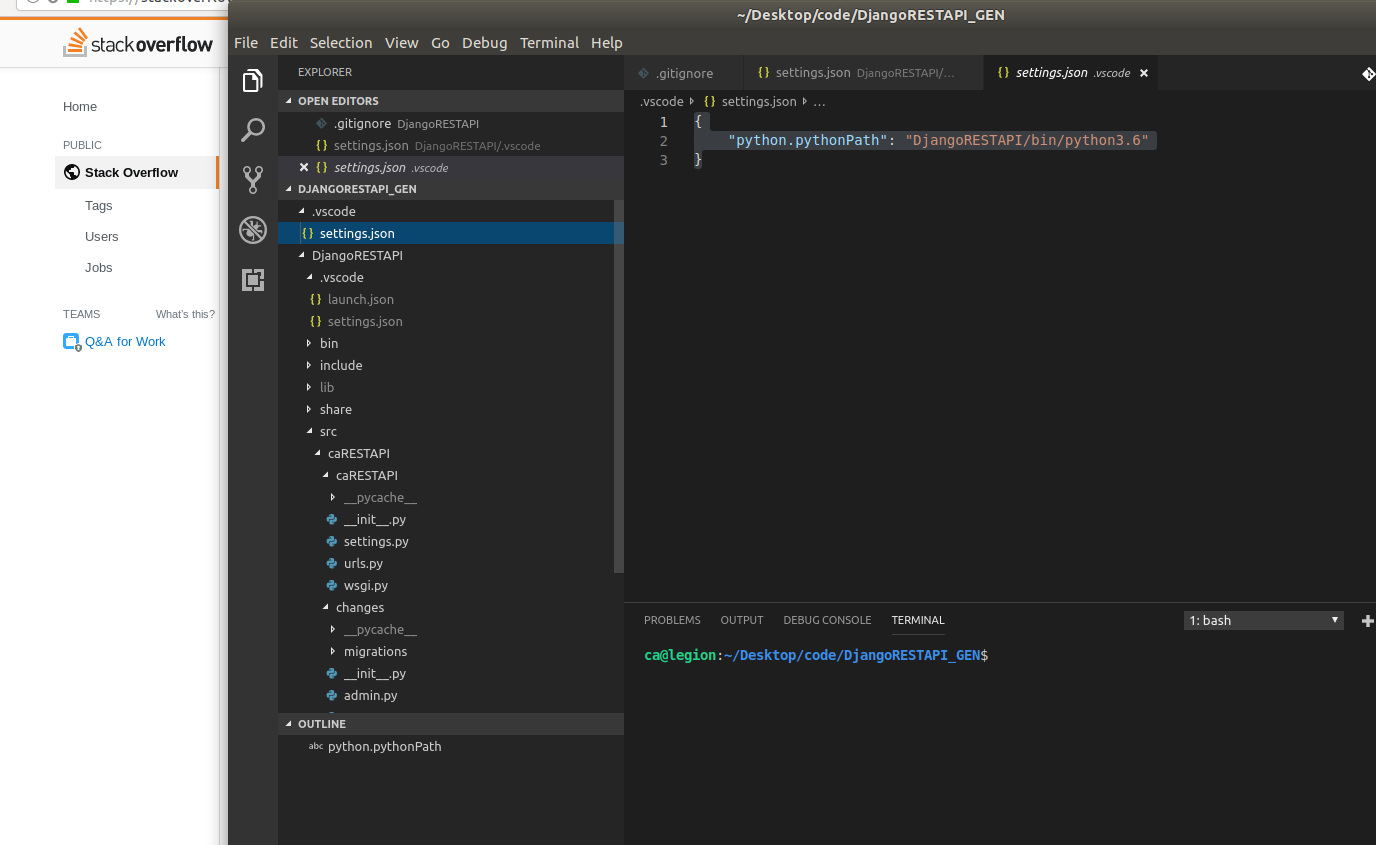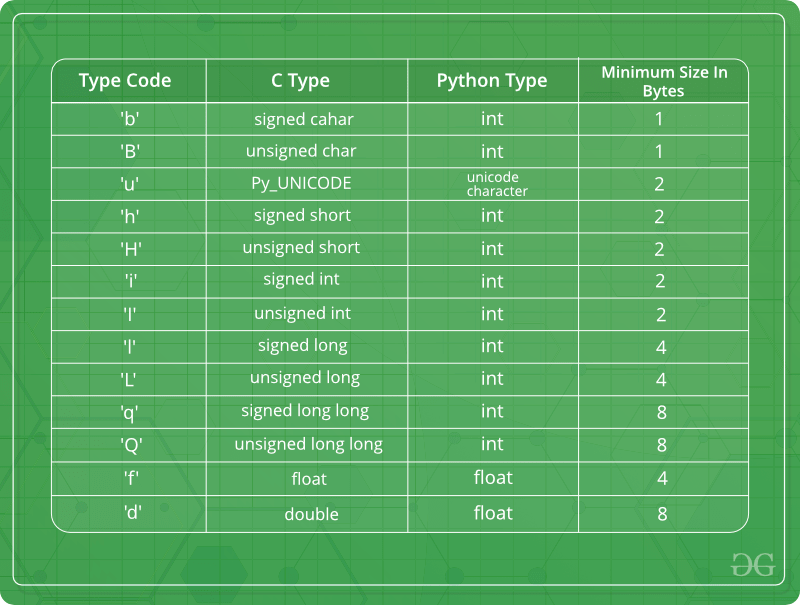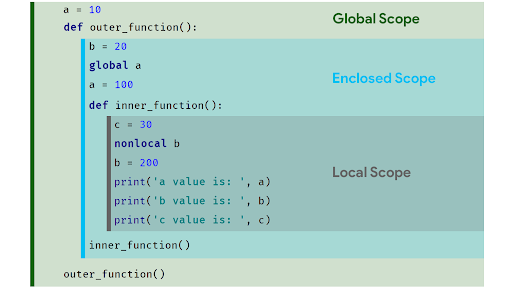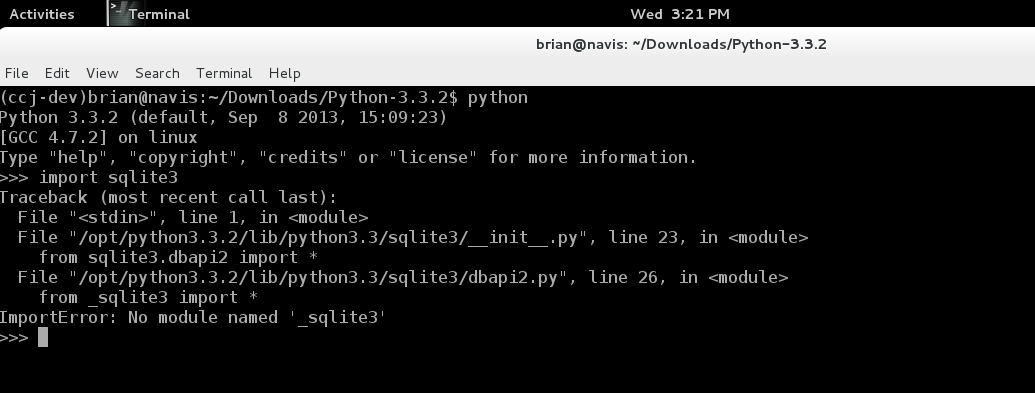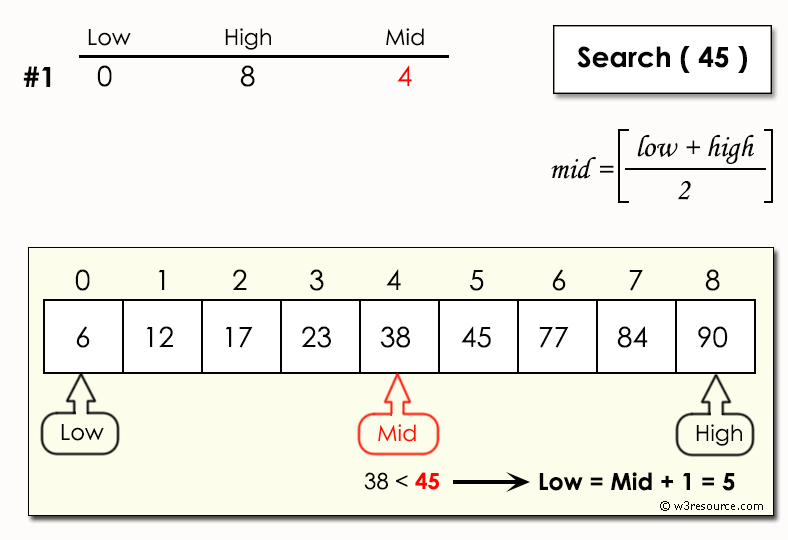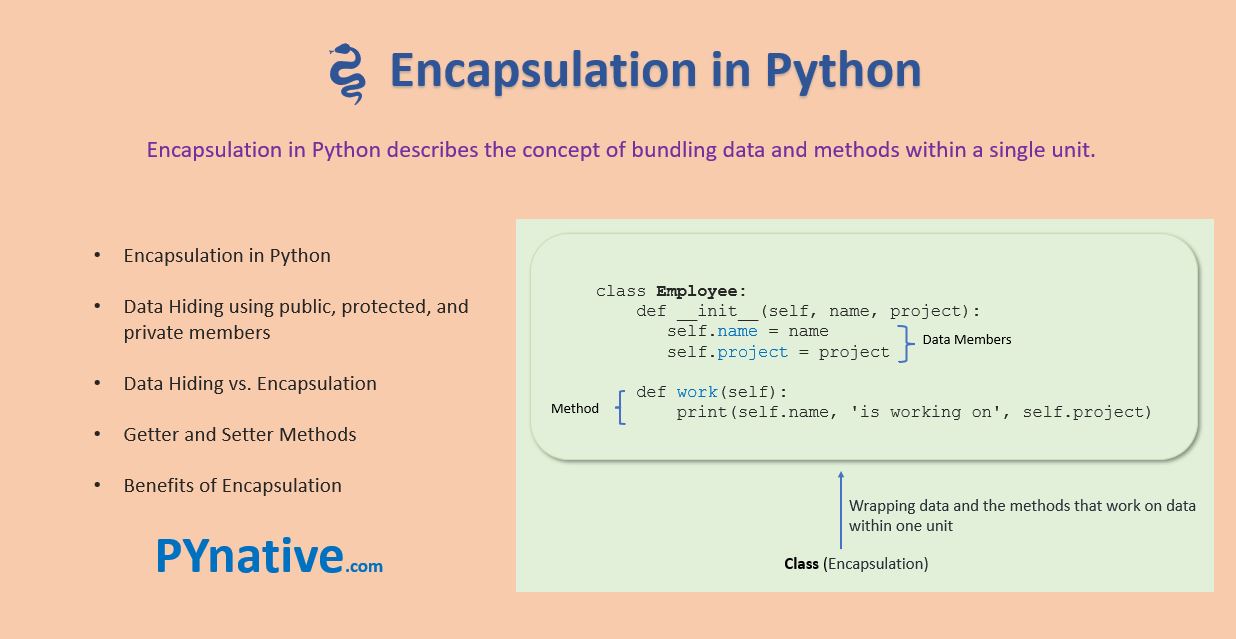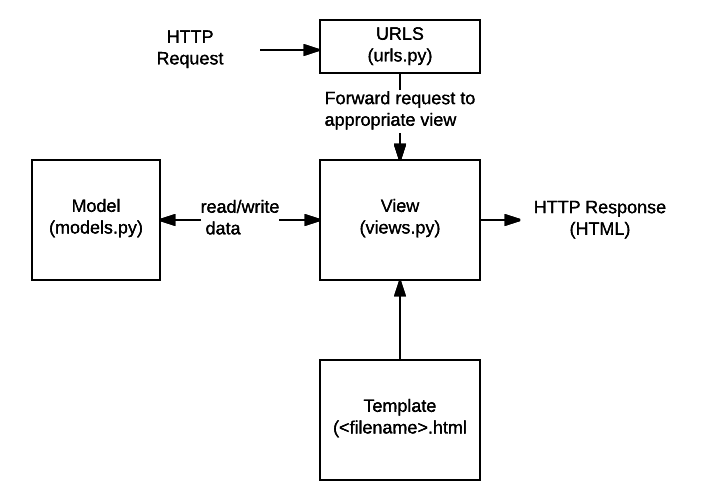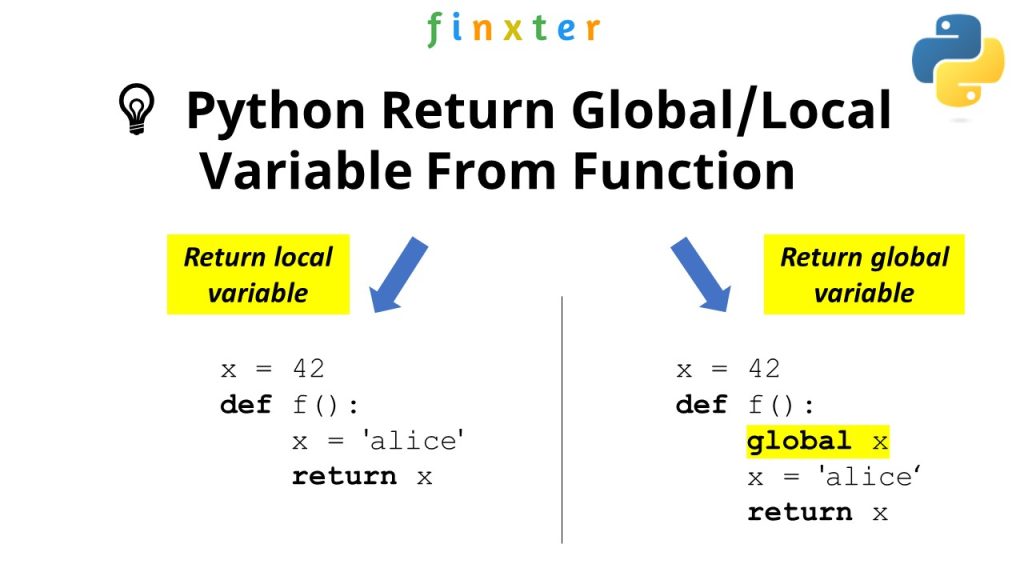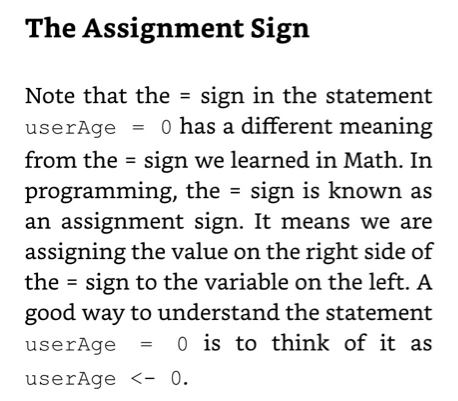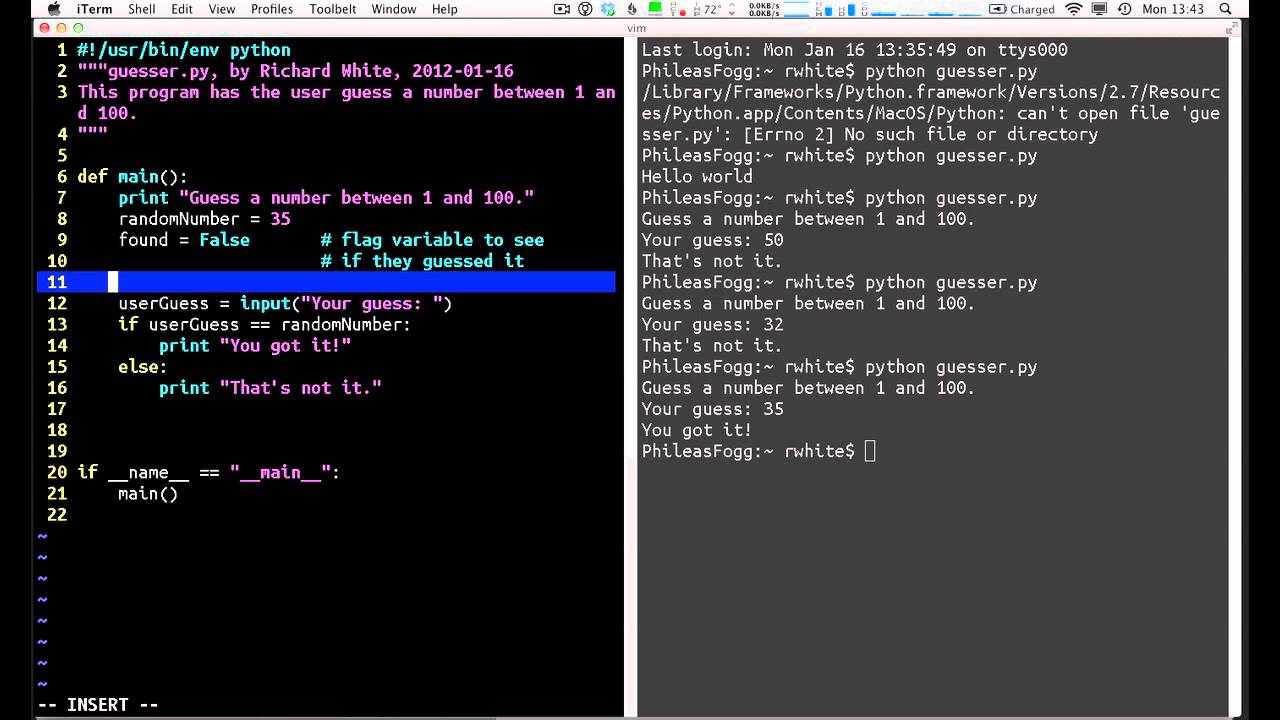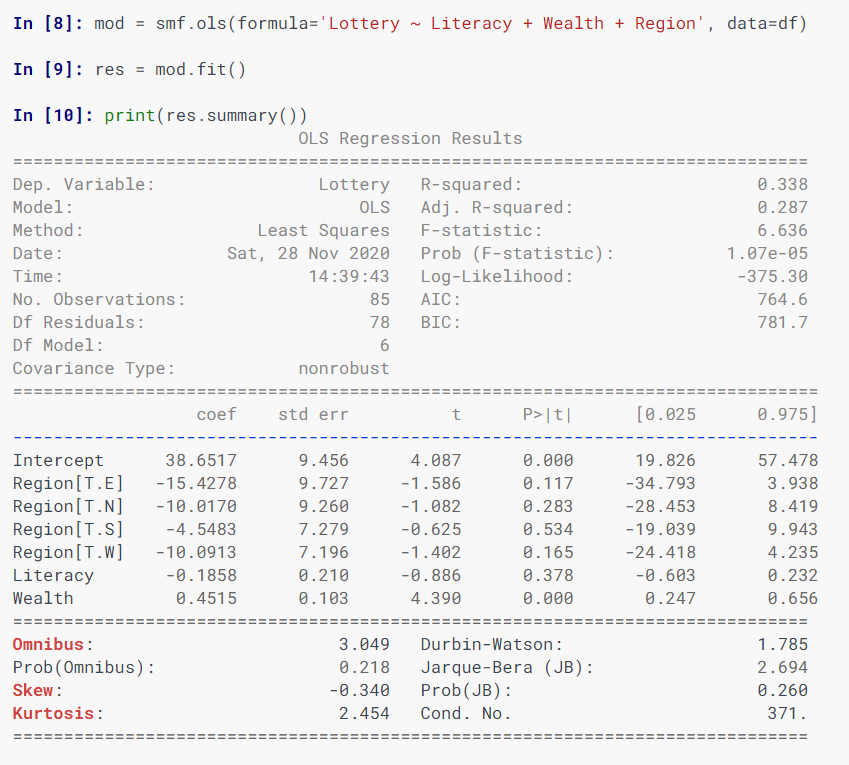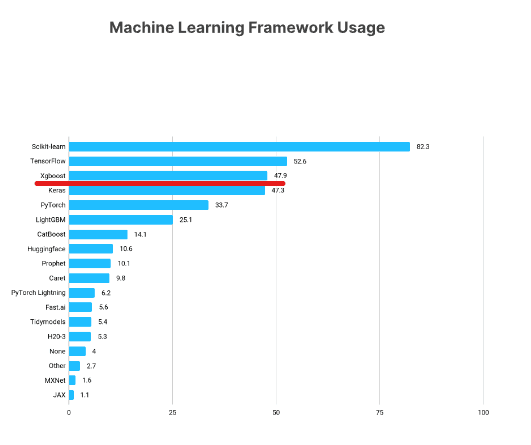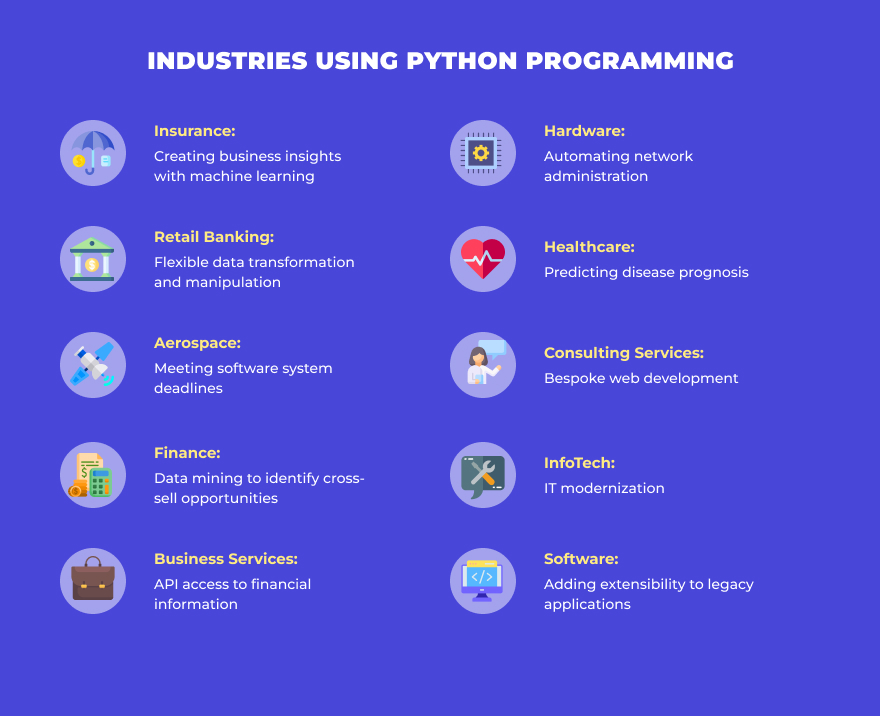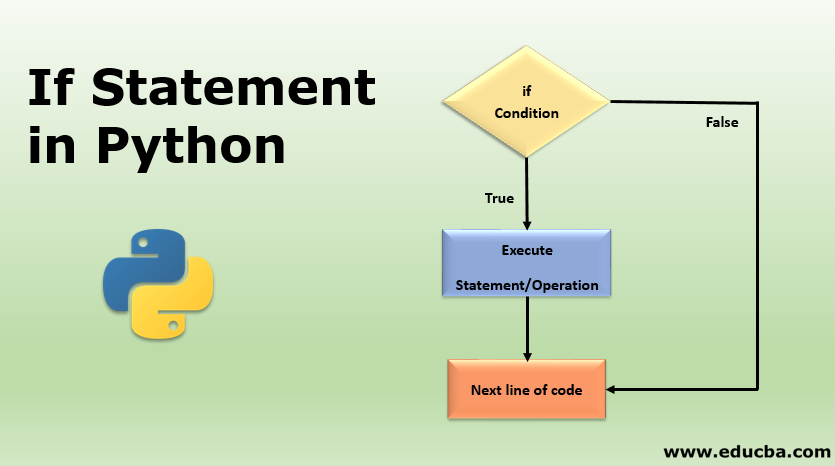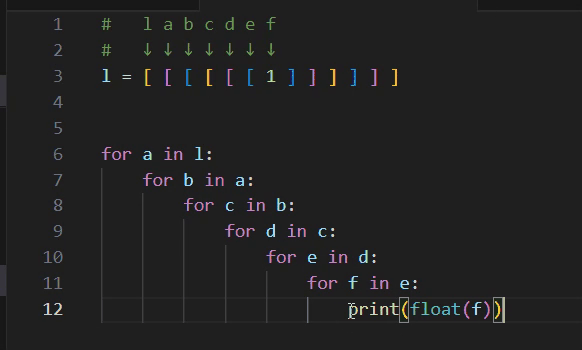What is a metaclass in Python medium?
What is a metaclass in Python medium?
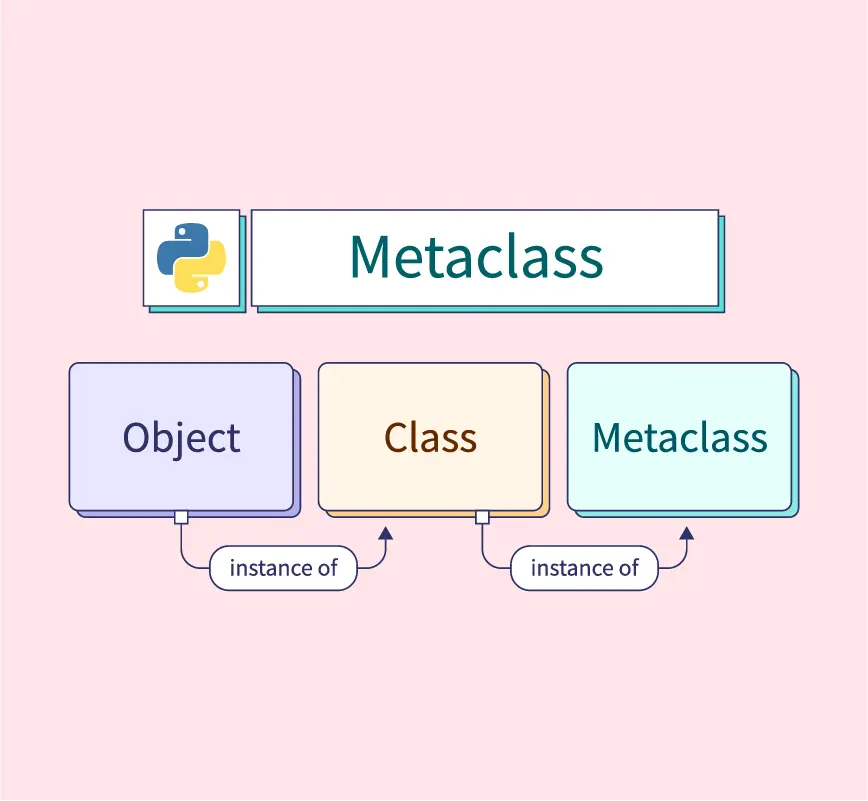
I'd be happy to explain what a metaclass is in Python!
In Python, a metaclass is a class whose instances are classes. Yes, you read that correctly - a metaclass is a class that creates classes! This might seem abstract or even confusing at first, but bear with me as we dive deeper into this concept.
To understand how metaclasses work, let's take a step back and think about what happens when you define a Python class. When you write class MyClass: followed by some code indented under it, Python essentially creates a new class object that inherits from the built-in object class (unless you explicitly specify another parent class).
Now, here's where metaclasses come in. A metaclass is responsible for creating this class object when you define a class. In other words, a metaclass is like a factory or constructor that creates classes. When you define a metaclass, you're essentially telling Python to use that metaclass as the "builder" of all classes (or subclasses) that inherit from it.
Here's an example:
class MyMeta(type):def new(meta, name, bases):
print(f"Creating class {name} with {bases}")
return type.new(meta, name, bases)
class MyClass(metaclass=MyMeta):
pass
print(MyClass.dict)
In this example, we define a metaclass MyMeta that inherits from the built-in type. The __new__ method is overridden to print a message when creating a new class. We then define our "normal" class MyClass, but with an added twist - it uses MyMeta as its metaclass.
When you run this code, Python will print:
Creating class MyClass with ()
{'module': 'main', 'qualname': 'MyClass', 'doc': None}
So, what's the big deal about metaclasses? Well, here are some key benefits:
Customization: With metaclasses, you can create classes that automatically inherit certain attributes or methods from another class. This can be useful when you want to implement a specific design pattern or encapsulate behavior. Metaprogramming: Metaclasses allow you to write code that manipulates the creation of classes itself - a powerful technique known as metaprogramming. You can use this to create dynamic classes, generate code on the fly, or even create self-modifying code!In summary, metaclasses in Python provide a way to extend the built-in class creation mechanism and customize how classes are defined. By leveraging metaclasses, you can implement innovative designs, write more expressive code, and even tackle complex programming tasks.
Now, don't get me wrong - using metaclasses can be quite advanced, so it's essential to have a solid grasp of Python fundamentals before exploring this concept further!
Python metaclass=Singleton

Here's a comprehensive explanation of how to implement the Singleton design pattern using Python and its metaclasses:
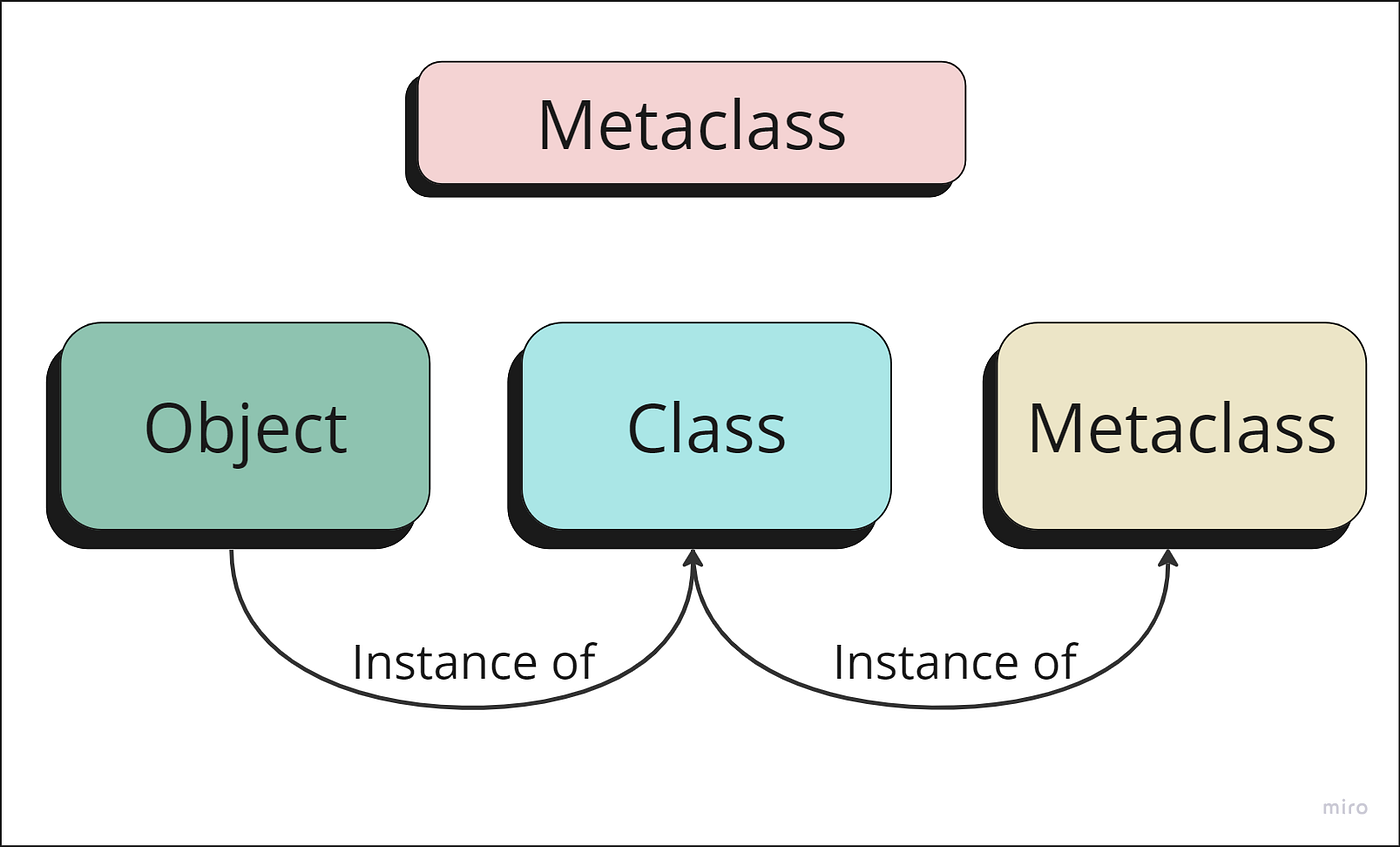
What is the Singleton Pattern?
The Singleton pattern is a design pattern that restricts the instantiation of a class to a single instance. This means that only one object of the class can be created, and if an attempt is made to create another instance, it will return the existing one.
Why Use the Singleton Pattern?
The Singleton pattern is useful when:
Global Access: You need a global point of access to a resource or functionality. Resource Constrained: The object requires significant resources (e.g., memory, I/O) that would be wasteful to duplicate. State Maintenance: The object needs to maintain some internal state or context.Implementing the Singleton Pattern in Python
To implement the Singleton pattern in Python, we'll use a metaclass (a class whose instances are classes). Here's an example:
class Singleton(type):_instances = {}
def call(cls, *args, **kwargs):
if cls not in cls._instances:
instance = super(Singleton, cls).call(*args, **kwargs)
cls._instances[cls] = instance
return cls._instances[cls]
Example usage:class MyClass(object):
pass
MyClass = Singleton("MyClass")
print(id(MyClass)) # Should print the same ID for multiple calls
Here's what's happening:
We define a metaclassSingleton that inherits from type. In Singleton, we maintain a dictionary _instances to keep track of instantiated classes. The __call__ method is overridden to check if an instance of the class already exists in _instances. If not, it creates and stores the new instance. When you try to instantiate MyClass (or any other class that uses this metaclass), the metaclass will return the existing instance or create a new one if none exist.
Benefits and Trade-Offs
Using the Singleton pattern with a metaclass has some benefits:
Convenient: You can easily apply the Singleton pattern to multiple classes without having to manually implement it. Flexible: The metaclass approach allows you to customize the behavior of your Singleton classes by overriding specific methods (e.g.,__init__, __new__).
However, there are some trade-offs to consider:
Performance: Instantiating a class with a metaclass might be slightly slower than traditional instantiation. Code Complexity: The metaclass approach can add complexity to your code, especially for developers who aren't familiar with metaclasses.Conclusion
In this answer, we've explored how to implement the Singleton design pattern using Python's metaclasses. By using a metaclass, you can easily apply the Singleton pattern to multiple classes and customize their behavior. While there are some trade-offs to consider, the benefits of convenience, flexibility, and code reusability make the metaclass approach an attractive choice for implementing Singletons in Python.
